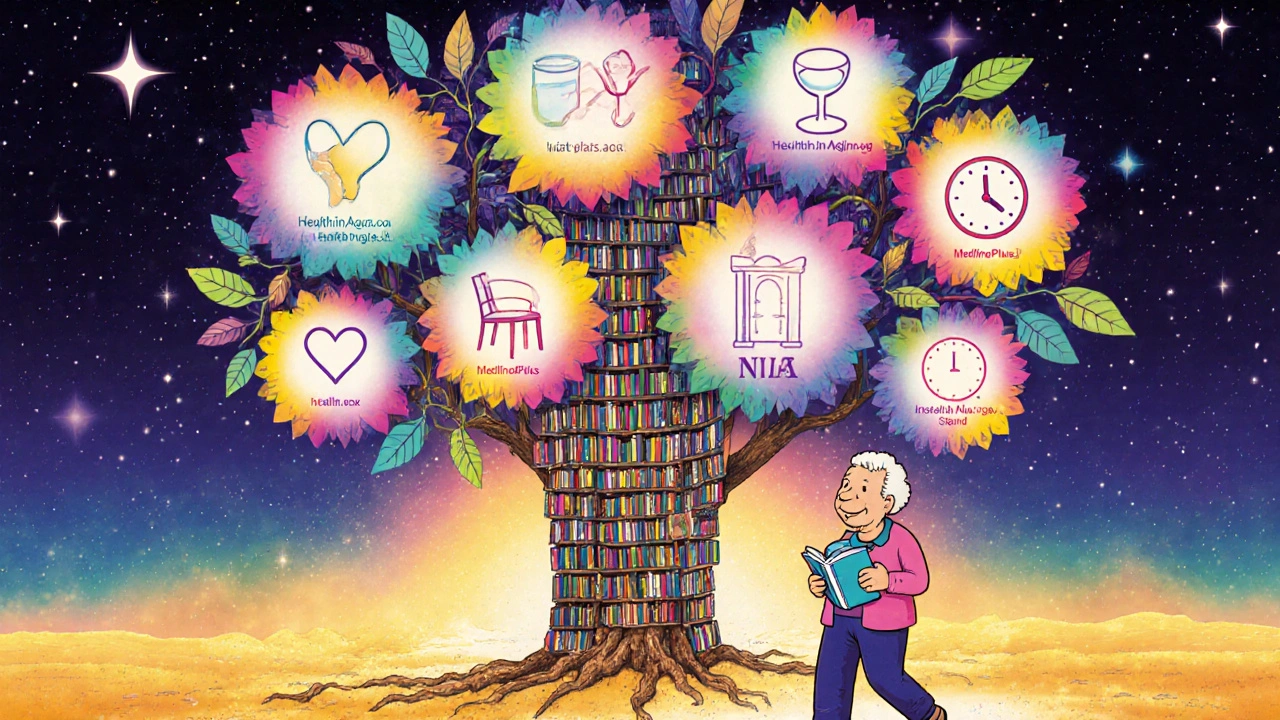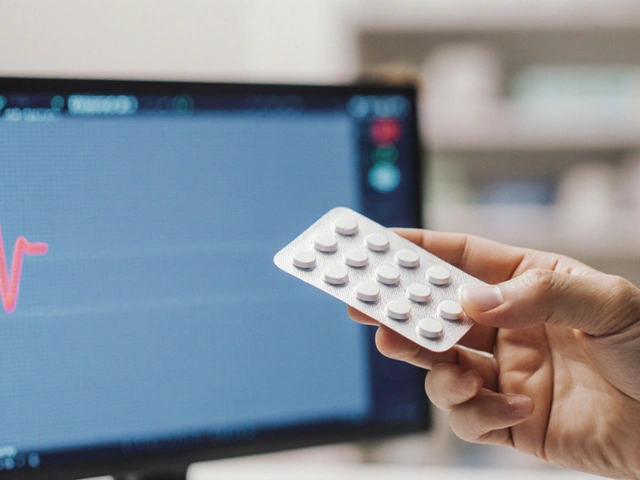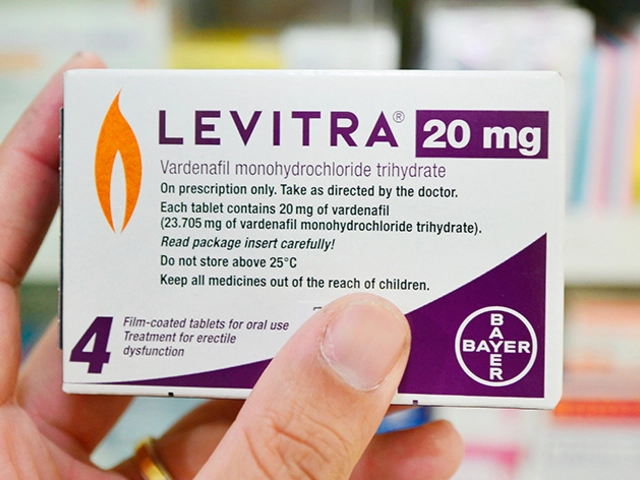When you’re 70 or older, understanding your health can feel like trying to read a manual written in a language you never learned. The words are there, the instructions seem clear - but something doesn’t click. That’s not your fault. It’s the system’s.
More than 7 in 10 adults over 60 struggle with basic health documents. They can’t follow medication labels. They don’t understand discharge papers after a hospital visit. They skip doses because they’re scared they’ll get it wrong. And they rarely admit it - not because they’re stubborn, but because they’re embarrassed. This isn’t just about reading skills. It’s about how health information is designed - or not designed - for real people.
Why Standard Medical Materials Don’t Work for Seniors
Most patient handouts are written for someone with a 7th or 8th grade reading level. That sounds fine - until you realize that nearly 1 in 5 adults in the U.S. reads at or below a 3rd grade level. And for older adults? The numbers are worse. Vision fades. Hearing dulls. Memory slows. Processing speed drops. A paragraph full of medical jargon doesn’t just confuse - it overwhelms.
Take a typical diabetes handout. It might say: “Monitor fasting blood glucose levels daily. Adjust insulin dosage per sliding scale based on glycemic readings.” That’s clear to a nurse. To someone with mild cognitive changes? It’s noise. They don’t know what “glycemic” means. They don’t know how to use a sliding scale. They see numbers, get scared, and stop checking altogether.
Studies show that when materials are rewritten at a 3rd to 5th grade level, comprehension jumps by 42%. That’s not a small win. That’s life-changing. It means fewer hospital visits. Fewer dangerous mistakes. More confidence.
What Makes a Good Senior Health Material?
Good materials for older adults don’t just use simple words. They’re built around how seniors actually experience the world.
- Font size matters. At least 14-point font. No exceptions. Small print isn’t just annoying - it’s dangerous. The National Institute on Aging says 14-point is the minimum. Many experts recommend 16-point for better visibility.
- Font type matters too. Use clean, sans-serif fonts like Arial or Verdana. Avoid fancy scripts, italics, or all caps. They’re harder to read.
- Use pictures, not just words. A drawing of someone taking pills with a glass of water tells more than 100 words. Step-by-step visuals for using an inhaler or checking blood pressure cut confusion by half.
- Use real-life examples. Instead of saying “Take medication with food,” say “Take your pill with your morning toast.” Context makes it stick.
- Leave space. Don’t cram text. Use short paragraphs. Bold key points. White space helps the brain relax and focus.
One of the most powerful tools? The “teach-back” method. After explaining something, ask: “Can you tell me how you’ll take this medicine?” Not “Do you understand?” - that’s a yes/no trap. People say yes even when they’re lost. But when they explain it back in their own words, you know if they really got it.
Where to Find Trusted Senior-Friendly Materials
You don’t have to make these from scratch. Good ones already exist - and they’re free.
The HealthinAging.org is a public resource from the American Geriatrics Society. It has over 200 easy-to-read guides on topics like heart failure, dementia, falls prevention, and managing multiple medications. All content is reviewed by doctors and tested with seniors. Since 2020, it’s been accessed more than 2.3 million times a year.
MedlinePlus’s Easy-to-Read Health Information section offers 217 materials, alphabetized from “Alzheimer’s Disease” to “Healthy Aging.” Each one is tagged with the Health Education Materials Assessment Tool (HEMAT) score, so you know it’s been vetted.
The National Institute on Aging (NIA) has a free guide called “Talking With Your Older Patients,” updated in June 2023. It’s meant for doctors, but caregivers and seniors can use it too. It shows how to talk slowly, use plain language, and check for understanding - without making anyone feel stupid.
The CDC’s “Developing Materials for Older Adults” is another goldmine. It gives exact specs: font size, color contrast, image types, even lighting recommendations for in-person teaching.
How Seniors and Caregivers Can Use These Materials
Getting the right material is only half the battle. Using it right makes all the difference.
For seniors: Don’t be afraid to ask for help. Say: “Can you explain this again? I want to make sure I get it right.” Or: “Can you show me how to use this?” Most providers will help - if you ask. And if you’re still unsure, bring a family member to appointments. Two sets of ears are better than one.
For caregivers: Don’t assume they understand just because they nodded. Use teach-back. Ask them to show you how they’ll set up their pill organizer. Watch them read the label. If they hesitate, pause. Don’t rush. It’s okay to go slow.
Many families keep a “health notebook.” It’s not fancy - just a binder with printed materials, medication lists, doctor contact info, and notes from visits. Update it after every appointment. It becomes a lifeline when confusion sets in.
The Hidden Cost of Poor Communication
This isn’t just about comfort. It’s about money - and lives.
When seniors don’t understand their care, hospital readmissions go up. The CDC found that older adults with low health literacy are 1.7 times more likely to have diabetes. They’re 2.3 times more likely to say their health is poor. And they’re far more likely to end up in the ER.
Hospitals that use these simple, clear materials see 14.3% fewer readmissions among Medicare patients. That’s $1,842 saved per person. Multiply that by thousands - and you’re talking about hundreds of millions saved every year.
And yet, only 28% of U.S. healthcare systems have fully adopted these practices. Why? Staff are busy. Budgets are tight. Training takes time. But the data is clear: investing in better communication saves money and saves lives.

What’s Changing Now - And What’s Coming
Things are improving, slowly.
In 2024, the NIA updated its Go4Life exercise program with voice-activated instructions and simple video clips. Seniors can now ask a smart speaker, “How do I do a chair stand?” and get a clear, slow demonstration.
HealthinAging.org added 47 new resources in 2023 - including ones for people with mild memory problems. The CDC now includes digital literacy in its guidelines. Why? Because 68% of older adults now use telehealth. If they can’t navigate a website or join a Zoom call, they’re left out.
And in 2026, all medical students in the U.S. will need 8 hours of health literacy training. That’s a big shift. The next generation of doctors won’t just learn how to treat - they’ll learn how to explain.
Researchers are even testing AI tools that adjust text size, simplify language, and even change pacing based on how a patient responds. Imagine a handout that reads itself out loud - slower if you need it, louder if you’re hard of hearing. That’s not science fiction. It’s coming.
What You Can Do Today
You don’t need a big budget or a tech team to make a difference.
- Ask your provider: “Do you have this information in large print or with pictures?”
- Use HealthinAging.org or MedlinePlus to find easy-to-read guides before your next appointment.
- Print out your medication list and bring it to every visit. Circle anything you don’t understand.
- Teach-back: Ask a loved one to explain back what the doctor said - in their own words.
- Keep a simple health notebook. Write down questions before the visit. Jot down answers after.
It’s not about fixing older adults. It’s about fixing how we talk to them.
Health isn’t just about pills and procedures. It’s about being heard. Understood. Respected.
And for seniors? That’s the most powerful medicine of all.







Jake Ruhl
November 29, 2025 AT 13:50they dont want you to understand because if you did you'd realize the whole system is a scam designed to keep you dependent on pills and doctors who get paid by the hour not by results. i seen my grandma get handed a 12-page booklet on diabetes and then get billed $800 for a 7-minute consult. they dont care if you live or die as long as you keep coming back. the truth is they dont want seniors reading - they want seniors paying. and now they're pushing 'easy' materials like its some kind of miracle when really its just damage control after decades of neglect. its not about literacy its about control.
Chuckie Parker
December 1, 2025 AT 10:29Stop blaming the system. Seniors need to adapt. If you can't read a 14-point font you shouldn't be managing your own meds. This isn't a civil rights issue its a personal responsibility issue. The government already gives out free magnifiers and audiobooks. If you're too lazy to use them thats on you not the healthcare system.
George Hook
December 2, 2025 AT 23:53I've worked in geriatric care for 27 years and I can tell you the biggest barrier isn't font size or jargon - its the shame. Seniors have spent their whole lives being told to be independent and now they're being handed materials that treat them like children. That's the real wound. The simple text helps but it doesn't fix the deeper pain of feeling like you've failed your family by forgetting how to read your own prescriptions. We need to stop treating health literacy like a technical fix and start treating it like the human crisis it is.
Katrina Sofiya
December 3, 2025 AT 07:03Thank you for this comprehensive and deeply thoughtful piece. It is a profound reminder that healthcare must be designed with dignity at its core. The statistics you've cited are not merely numbers - they represent real lives, real fears, and real missed opportunities for connection. I urge every healthcare provider, administrator, and policymaker to internalize these principles. When we design for the elderly with intention, we elevate the entire system. The teach-back method alone is a transformative practice that should be mandatory in every clinical setting. Your work here is not just informative - it is a call to moral action.
kaushik dutta
December 4, 2025 AT 19:43What you're describing is systemic medical colonialism. In India we call it 'English medical hegemony' - the same thing. Doctors write in English jargon, assume everyone reads at college level, and then blame the patient when they don't comply. We trained 300 ASHA workers in rural Punjab to use pictorial pill cards and saw 68% drop in non-adherence in 6 months. This isn't rocket science. It's basic human respect. The U.S. has the tech and the money - what it lacks is the will to stop treating elders like broken machines that need fixing instead of people who need understanding.
doug schlenker
December 4, 2025 AT 23:33I appreciate the data here but I think we're missing one thing - the role of family. My dad had early dementia and we used the health notebook you mentioned. We'd print out the MedlinePlus pages, highlight the key points in yellow, and sit down every Sunday to go over it together. He didn't always remember what we talked about but he remembered that we sat with him. That mattered more than any font size. The materials help but the presence matters more. If you're reading this and you have an older parent or grandparent - don't wait for the perfect handout. Just sit down. Ask them to show you how they take their pills. Watch. Listen. Be there.
Olivia Gracelynn Starsmith
December 5, 2025 AT 14:13One thing I've learned working in home health is that seniors don't need simpler language they need repetition and routine. I give my clients the same 3-page guide every week. Same font same pictures same layout. They don't memorize it but they learn the rhythm. They know where the insulin picture is. They know the red box means stop. Consistency beats cleverness every time. Also avoid blue text on white background. Low contrast is a silent killer. Use black on cream. It's easier on the eyes and the brain.
Skye Hamilton
December 6, 2025 AT 06:24they're selling you a lie with this 'simple language' nonsense... it's not about helping seniors... it's about dumbing down the system so they can sell more drugs to confused people who can't read the side effects. i saw my aunt get handed a 'simple' heart failure guide... it didn't say anything about potassium... so she ate bananas every day and ended up in the hospital with cardiac arrest. the 'easy' materials are designed to make people feel safe while quietly killing them. they want you to think you're being helped so you don't ask questions. and the worst part? they charge extra for the 'easy version'. it's all a money grab.
Maria Romina Aguilar
December 7, 2025 AT 23:56But... what about the people who can't even read the 'simple' version? What if they're blind? Or have severe dementia? Or live alone with no one to help? And what about those who don't have internet access to download these 'free' materials? And what if they're afraid to ask because they think they'll be judged? And what if the doctor's office doesn't have large-print copies? And what if the pharmacy won't print them? And what if the family member who's supposed to help is also elderly? And what if... and what if... and what if...? It's not just font size. It's a thousand tiny failures. And nobody fixes them. Because it's easier to blame the patient.
Brandon Trevino
December 8, 2025 AT 21:47Let's be brutally honest here. The 42% comprehension increase you cite is statistically significant but clinically meaningless. The real problem is polypharmacy and cognitive decline. No amount of font resizing will fix someone taking 12 medications with conflicting interactions. The 'teach-back' method is a Band-Aid on a hemorrhage. You're treating symptoms not causes. And the CDC guidelines? They're based on 2018 data. The real crisis is the collapse of primary care infrastructure. Seniors are falling through the cracks because there are no primary care physicians left who take Medicare. No handout can replace a doctor who has time to sit with you.
Denise Wiley
December 10, 2025 AT 06:29My mom is 82 and she uses the HealthinAging.org guides every week. We print them out and put them in a binder with photos of her meds. She loves it. She says it makes her feel like she's not alone. I just want to say thank you for creating something that doesn't make her feel stupid. That's worth more than any study or statistic. And to everyone who says 'they should just adapt' - try being 82 and trying to read a 10-point font while your hands shake and your memory fades. Then come back and tell me what 'adapt' means. This isn't about being easy. It's about being human.
Hannah Magera
December 12, 2025 AT 04:52Can I just say how much I love that you included MedlinePlus? I'm a volunteer at the senior center and we use their easy-read guides all the time. One lady who thought she had to take her blood pressure pill at night because the label said 'take once daily' - we showed her the picture of the sun and moon and she cried. She said she'd been scared to take it for two years because she thought it would make her sleep all day. A picture changed her life. That's the power of clear design. We're starting a monthly 'health picture day' where we just sit and look at the guides together. No talking. Just looking. Sometimes that's enough.
Austin Simko
December 13, 2025 AT 22:06They're lying. The real reason seniors don't understand is because they're being poisoned by fluoride and 5G. The 'easy materials' are just a distraction so you won't notice the truth.